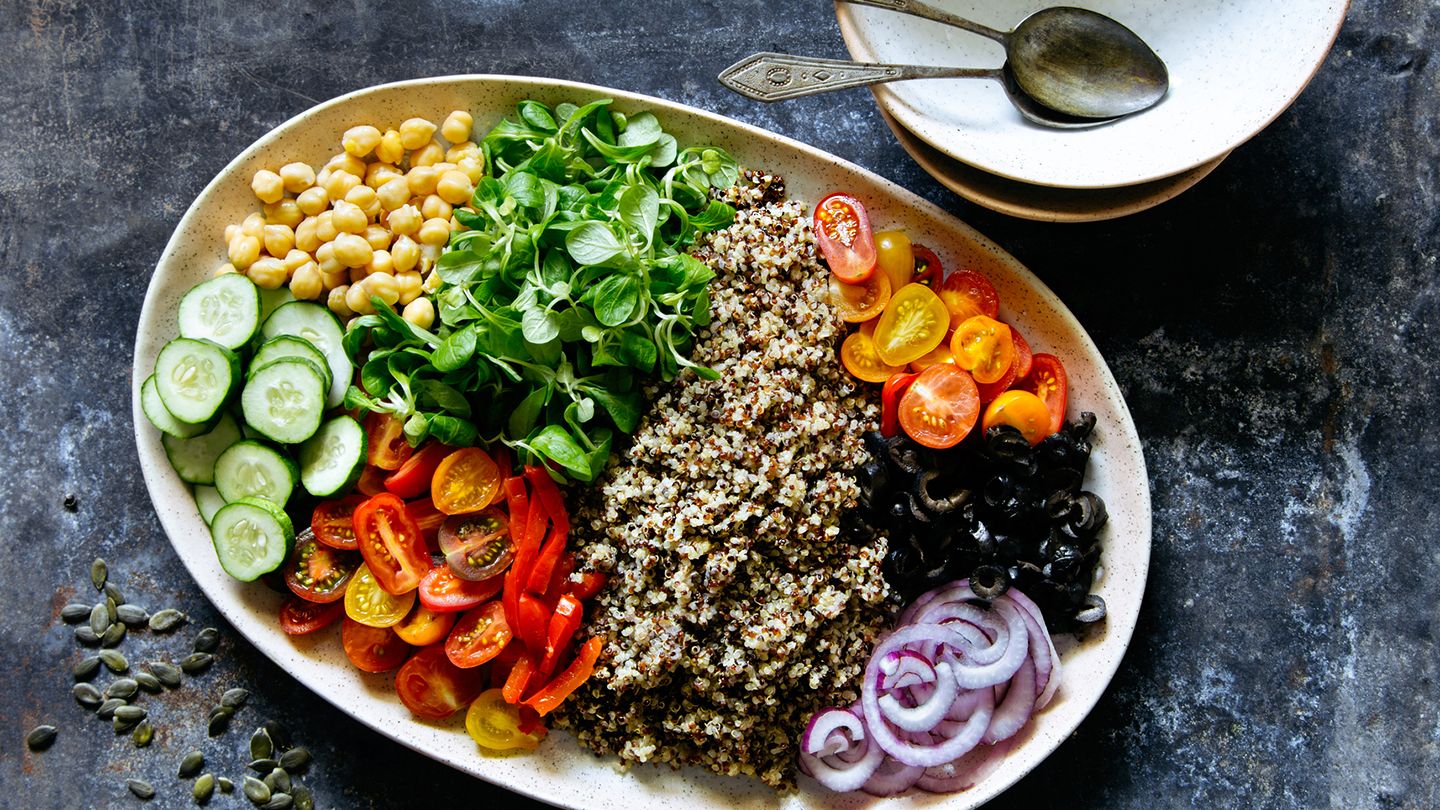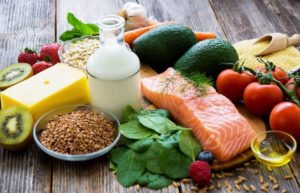
In the summer, it is important to eat healthy and cool foods. The digestive system is particularly delicate during the hotter season, so it is important to limit the intake of hot foods. You should choose healthy ingredients for your meals and snacks. Pay attention to the season, the ingredients, your needs and what they are made of. These are some the best foods you can eat in the summer. Here are some great options for healthy eating.
Fruits and vegetables. People prefer to eat summer salads and fruits. They are high in sugar and calories, and not good for your body. You should eat a variety of different fruits and vegetables during the summer, such as mangoes and guavas. These delicious fruits make excellent breakfast smoothies. These healthy choices will make your daily life easier.
Melons. Muskmelons are great for boosting your energy. This is particularly beneficial for those with thin skin who are more susceptible to feeling fatigued during hot weather. They are full of vitamins and mineral, which will keep the body healthy and active all day. Muskmelons can be fed to your baby. They are easy-to-digest and are good for the gut. If you are worried about the sugar content of these foods, you could always mash them and make a drink out of it.

Apples. They're great during the summer because they have a lot water. These fruits are rich in pectin which helps to keep your digestive tract clean. This fruit is rich in antioxidants that will keep you healthy. It also gives you a lot of energy. They're also high in Vitamin A/C, making them ideal for combating dehydration diseases. You should include these healthy foods in your summer diet if you're looking for healthy food options.
Tomatoes go well with any meal. Because tomatoes are easy to find in all seasons, they make a great choice as a lunch or dinner option. They are full of vitamins and antioxidants which protect the skin from the UV rays. This means you can enjoy a delicious meal without worrying about the harmful effects of foods. They're good for your health, as well.
Berries are another option for summer. Berries are high in fiber, which is important for healthy digestion. A cup of strawberries can improve the texture and appearance of your skin. A cup of berries can improve your skin's texture and even help you fight off certain diseases. Some berries are more beneficial than others. If you are allergic or sensitive to any type of food, it is best to wait until you get older to eat them. In addition to containing vitamins and minerals, berries can also help you maintain a healthy weight.
Yogurt is another option that babies will love. It contains protein, calcium, and vitamin D, which are important for a healthy digestive system. In addition, yogurt also gives your baby protein, which is essential for developing teeth. It is easily digestible and can be introduced to your baby as early as six months old. You can make your own curd, if you're unsure about how yogurt should be introduced to your baby. A simple, homemade yogurt is a good choice if you don't know what type of yogurt you should introduce to your child.

Watermelon, apart from being a fruit, is one the best foods you can eat in summer. It is a natural source of lycopene, which is essential for heart health. It improves overall health. To maximize the benefits, grill the melon and drizzle olive oil on it. You can also roast or grill watermelon for a delicious and savory snack. This fruit does not require additional sugar and makes a great snack in the summer.
Watery, nutritious foods are the best to eat in summer. For instance, green beans are a great choice for a snack. They are 95% water and can be given to babies as finger food. Boiling cucumbers makes a healthy snack. Enjoy a great meal, but don't get too excited. You can also stay hydrated in the heat by drinking water.
FAQ
How does an antibiotic work?
Antibiotics can be used to kill bacteria. The treatment of bacterial infections is done with antibiotics. There are many types and brands of antibiotics. Some are administered topically, while others can be taken orally.
Many people who have been exposed can be prescribed antibiotics. For example, if someone has had chicken pox, he or she might take an oral antibiotic to prevent shingles later on. An injection of penicillin may be necessary to prevent pneumonia if someone has strep.
When antibiotics are given to children, they should be given by a doctor. Children are more susceptible to side effects from antibiotics than adults.
Diarrhea is the most common side effect from antibiotics. Other possible side effects include stomach cramps, nausea, vomiting, allergic reactions, headaches, dizziness, and rashes. These symptoms usually go away after treatment ends.
What is the healthiest lifestyle to life?
A healthy lifestyle means eating healthy foods, exercising regularly, sleeping well, and avoiding stress. You will live a long and happy life if you adhere to these guidelines.
It's easy to start small with your exercise and diet. Try walking for 30 minutes each day to lose weight. For more activity, you can try swimming or dancing. An online fitness program such as Strava or Fitbit that tracks your activity could be a good option.
What is the difference in fat and sugar?
Fat can be a source of energy that is obtained from food. Sugar is a sweetener found in fruits, vegetables, and other foods. Both fats and sugars provide the same number of calories. Fats have twice the calories of sugars, however.
Fats are stored in the body and contribute to obesity. They can lead to cholesterol buildup in the arteries, which could cause heart attacks or strokes.
Sugars are quickly absorbed into the body and provide instant fuel. This causes blood glucose levels to rise. High blood glucose levels can pose a danger because they increase the chance of developing type II Diabetes.
Here are 7 ways to live a healthy lifestyle.
-
Be healthy
-
Exercise regularly
-
Good sleep
-
Drink lots of water
-
Get adequate rest
-
Be happy
-
Smile often
How often do I need to exercise?
Fitness is key to a healthy lifestyle. There is no set time limit for exercising. It is important to find something that you enjoy and stay with it.
Three times a week, you should be aiming to complete 20-30 mins of moderate intensity activity. Moderate intensity means that you will still be working hard even after your workout is over. This type of exercise burns approximately 300 calories.
For those who prefer to walk, you can go for 10-minute walks four times a week. Walking is low in impact and easy for your joints.
You can also run for 15 minutes, three times per week. Running is an excellent way to lose weight and tone your muscles.
Start slowly if you aren't used to doing exercise. Start by doing 5 minutes of cardio each day, a few times per week. Gradually increase the amount of cardio you do until you reach your goal.
How can I lower my blood pressure
It is important to first understand what high blood pressure is. Then you need to take steps to reduce this cause. You can do this by eating less salt, losing weight, or taking medication.
Exercise is also important. If you don't have time for regular exercise, then try walking as often as possible.
A gym membership is a good idea if you don't like how much exercise your doing. It's likely that you will want to join a gym with other people who are working towards the same goals as you. It's much easier to follow a routine if someone is with you at the gym.
How do you measure body fat?
A Body Fat Analyzer is the best way to measure body weight. These devices are used to determine the percentage of bodyfat in people who desire to lose weight.
Statistics
- WHO recommends consuming less than 5% of total energy intake for additional health benefits. (who.int)
- Extra virgin olive oil may benefit heart health, as people who consume it have a lower risk for dying from heart attacks and strokes according to some evidence (57Trusted Source (healthline.com)
- nutrients.[17]X Research sourceWhole grains to try include: 100% whole wheat pasta and bread, brown rice, whole grain oats, farro, millet, quinoa, and barley. (wikihow.com)
- The Dietary Guidelines for Americans recommend keeping added sugar intake below 10% of your daily calorie intake, while the World Health Organization recommends slashing added sugars to 5% or less of your daily calories for optimal health (59Trusted (healthline.com)
External Links
How To
What does the meaning of "vitamin?"
Vitamins are organic compounds naturally found in food. Vitamins are necessary for us to absorb nutrients in the foods we consume. Vitamins cannot come from the body so food must provide them.
Two types of vitamins exist: water-soluble vitamin and fat-soluble vitamin. Water-soluble vitamins dissolve quickly in water. Some examples include vitamin C,B1 and B2 vitamins (thiamine), B2 and riboflavin, B3 and B6 vitamins (niacin), folic acids, biotin, pantothenic acids, and cholesterol. Fat-soluble vitamins can be stored in the liver or in fatty tissue. Vitamin D, E, K and A are some examples.
Vitamins can be classified according to biological activity. There are eight main groups of vitamins.
-
A - vital for healthy growth.
-
C - essential for nerve function and energy generation.
-
D – Essential for healthy teeth, bones and joints
-
E is necessary for good vision, reproduction.
-
K - Essential for healthy muscles and nerves.
-
P - Essential for strong bones and teeth.
-
Q - Aids digestion and iron absorption
-
R is required for the production of red blood cells.
The recommended daily allowance of vitamins (RDA), varies according to age, gender, physical condition, and other factors. The U.S. Food and Drug Administration (FDA) sets the RDA values.
For adults over 19 years, the RDA is 400 mg per day for vitamin A. Pregnant women require 600 micrograms daily to support fetal development. Children ages 1-8 require 900 micrograms per day. Infants below one year old require 700mg per day. But, between 9 months to 12 months, the amount drops to 500mg per day.
Children between the ages of 1-18 need 800 micrograms per daily for obesity, while children overweight require 1000 micrograms. Children underweight or obese will need 1200 mg per day.
Children ages 4-8 years who have been diagnosed with anemia need 2200 micrograms per day of vitamin C.
Adults over 50 years of age need 2000 micrograms per day for general health. Because of their higher nutrient needs, women who are pregnant or nursing need 3000 mg per day.
Adults over 70 require 1500 micrograms each day, since they lose around 10% of their muscle mass every decade.
Women who are pregnant or lactating need more than the RDA. Pregnant mothers need 4000 micrograms per daily during pregnancy and 2500 after giving birth. Breastfeeding mothers need to consume 5000 micrograms every day when breastmilk has been produced.